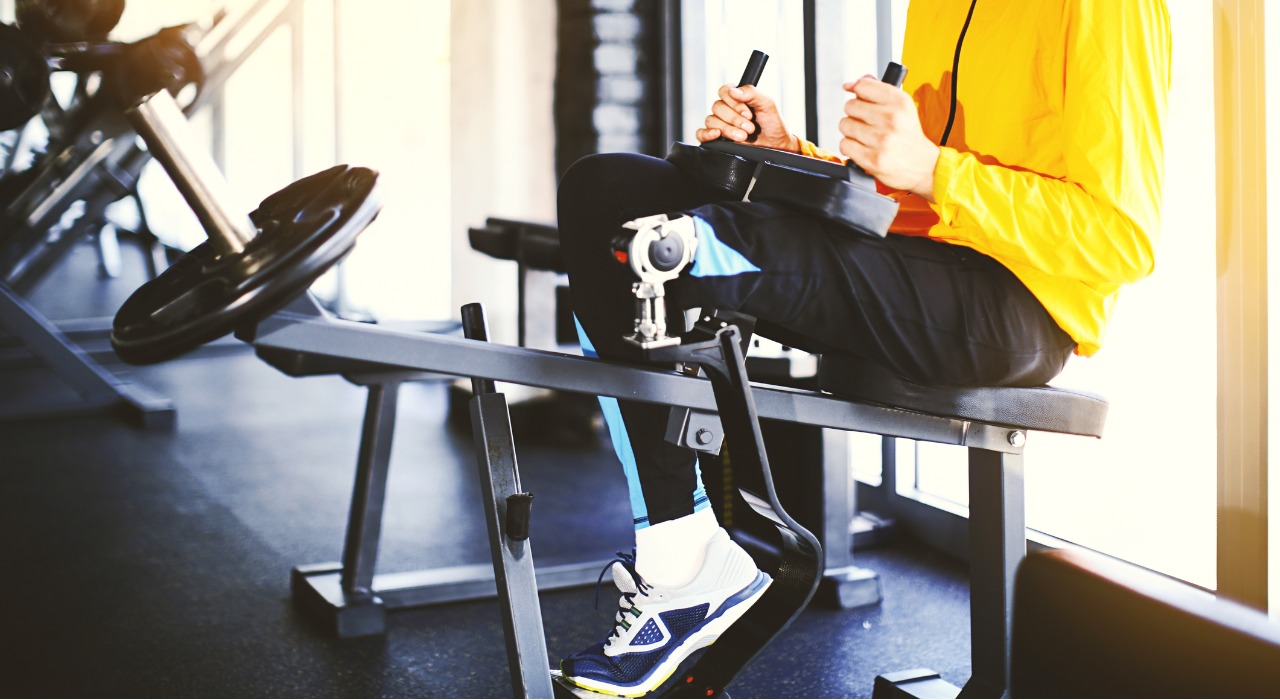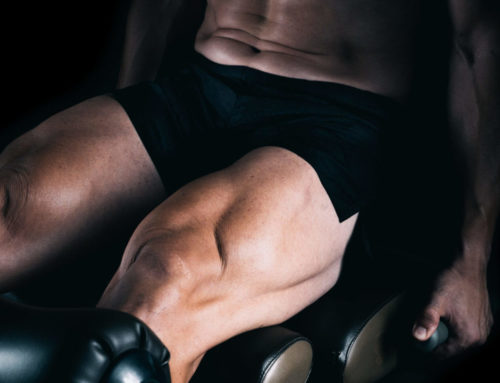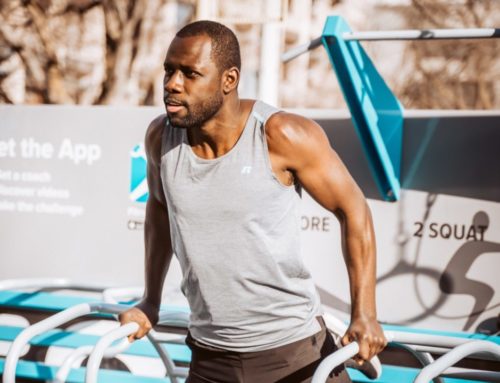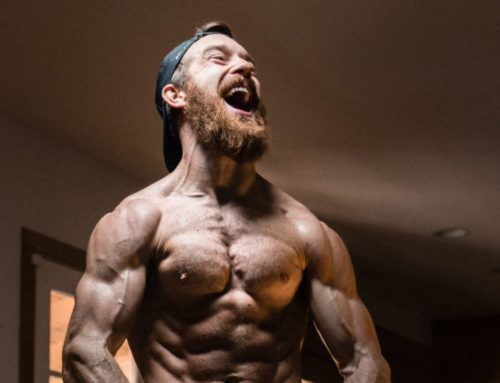If you’re lacking in the lower legs, trainer Michael Wittig is here with a workout to boost your calf development.
Why train calves when summer is nearly gone? Start to train them in summer and you’ll be without good legs, but do it now and come next summer you’ll look outstanding in shorts. Genetics plays a big role when it comes to natural calf development. My mom had a huge set of bodybuilding-worthy calves, big and defined, but didn’t work out.
Growing up you would never catch me in a pair of shorts. It was always pants to hide my skinny calves and legs. My lower legs were the same size as my ankles before I found my way to the gym. While some of us may not have a ‘leg up’ on calf development that doesn’t mean we have to settle for the current situation. One moment I will never forget was being complimented on my calves while I was out shopping. I was accustomed to kind words regarding my arms or physique in general, but that focused attention on my calves had me smiling. Let me share with you my best methods to build calves that will have you wearing shorts everyday.
Here’s what you need to do.
1: Prioritize
This means putting a stronger focus on your calf work. Don’t always leave calves for the end of a leg workout. By then you will be spent. Have a ‘leg day’ worked in reverse starting with calves so you can give them 100% focus. Doing legs this way will change the game and contribute to best calf progress.
2: Tempo
Manipulating the tempo of my reps has been another game-changer for me. There are many modes of tempo manipulation – here is a basic one that works extremely well. Start at the deep bottom stretch for four seconds, lift the weight in one quick second, hold the top contraction for four seconds, then take a four second lowering of the weight back to start. Notation wise it would be written as 4-4-1-4. Count under your breath while doing to make yourself concentrate fully.
3: Volume
Your calves can handle a lot. Each of them can handle your body weight for thousands of steps each day. So why do we think a three or four sets of calf raises at the end of a leg workout will be enough? It’s better to routinely hit calves with 15 or more sets per workout. Up your volume if you are looking to up the gains.
4: Plyometrics
The biggest part of the calf is the gastrocnemius muscle which is made up mostly of fast twitch muscles which are great for sprinting and jumping. Because of this, it’s good to include plyometric movements in the form of calf jumps. You can either superset calf jumps after weighted exercises, or do the calf jumps themselves weighted. This is like jump roping without the rope. Worthy calf jumps are: basic jump, split leg skip, and double tap (alternating sides every two single leg jumps).
WORKING THE WHOLE CALF
When working calves we want to focus on the biggest contributor to size, which is the gastrocnemius while also giving the soleus and tibialis anterior some attention. The gastrocnemius can be targeted with standing calf raise variations, donkey raises, and the calf press. This muscle has two heads, medial and lateral, so it’s smart to vary your foot placements rotating between feet forward, toes out, and toes inward. The soleus lies beneath the gastrocnemius and can be developed with seated calf raises.
If you don’t have access to a seated calf machine, alternatives would be to place dumbbells or a barbell across your lower thigh in a seated position and perform calf raises. This can also be done using a Smith machine. Placing a pad between the weight and your thigh would be a good idea when using this gym hack.
The tibialis anterior is activated when dorsiflexion occurs and your foot is lifted towards your body. The tibialis anterior can be directly targeted using a resistance band attached to a fixed object. Place the band over the top of your feet and perform dorsiflexion while pausing at each muscle contraction.
Here is a simple calf workout using some of the principles above. Do this at the beginning of your leg workout while you have 100% strength and focus. Rest only 60 secs between sets.
1. DONKEY CALF RAISES
5 sets of 15-20 reps. (Note: If your gym doesn’t have a donkey calf machine this can be done using a Smith machine by standing on 25lb plates, placing a pad between the bar and your lower back, and bracing your upper body on an incline bench.)
2. CALF PRESS COMPLEX (USING THE LEG PRESS)
4 sets of 45 reps (15 reps toes in + 15 reps toes out + 15 reps feet straight).
3. SEATED CALF RAISE
4 sets of 10-12 reps (Tempo: 4 sec top hold, 4 sec negative, 4 sec bottom stretch pause)
4. PLYO CALF JUMPS
Two sets of 100 reps. Concentrate on using as much calf as possible instead of thighs. Work for both height and speed.







